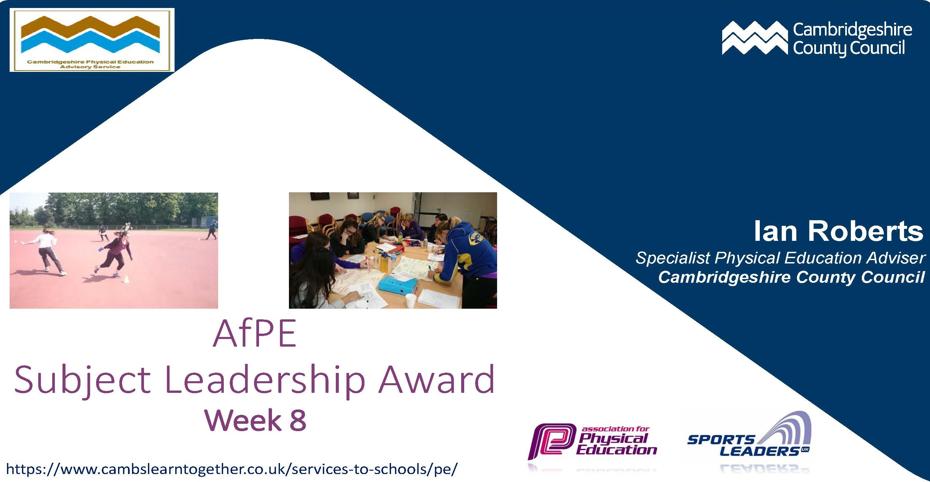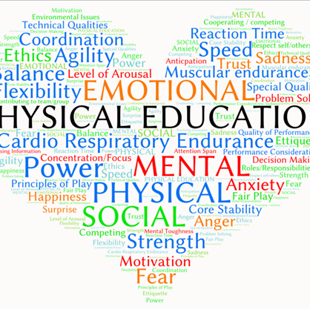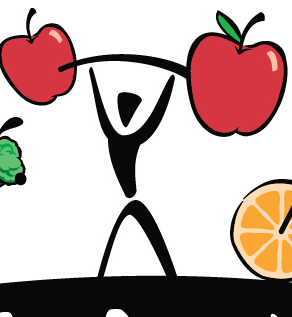
How and where is ‘Healthy Active Lifestyles’ positioned in your PE curriculum?
When is it taught?
How is it taught?
Content?
National Curriculum for Physical Education – Key Stage 1
Pupils should develop fundamental movement skills, become increasingly competent and confident and access a broad range of opportunities to extend their agility, balance and coordination, individually and with others. They should be able to engage in competitive (both against self and against others) and co-operative physical activities, in a range of increasingly challenging situations.
Pupils should be taught to:
- master basic movements including running, jumping, throwing and catching, as well as developing balance, agility and co-ordination, and begin to apply these in a range of activities
- participate in team games, developing simple tactics for attacking and defending
- perform dances using simple movement patterns.
National Curriculum for Physical Education – Key Stage 2
Pupils should continue to apply and develop a broader range of skills, learning how to use them in different ways and to link them to make actions and sequences of movement. They should enjoy communicating, collaborating and competing with each other. They should develop an understanding of how to improve in different physical activities and sports and learn how to evaluate and recognise their own success.
- Pupils should be taught to:
- use running, jumping, throwing and catching in isolation and in combination
- play competitive games, modified where appropriate [for example, badminton, basketball, cricket, football, hockey, netball, rounders and tennis], and apply basic principles suitable for attacking and defending
- develop flexibility, strength, technique, control and balance [for example, through athletics and gymnastics]
- perform dances using a range of movement patterns
- take part in outdoor and adventurous activity challenges both individually and within a team
- compare their performances with previous ones and demonstrate improvement to achieve their personal best.
Where do Healthy Active Lifestyles fit in?
Reflective ActivityConsider the following approaches to teaching Health based PE? |
|
PERMEATION (Integration) •HRE taught through the 6 areas of activity |
FOCUSED (Discrete) •HRE taught through its own unit of work |
|
TOPIC •HRE taught through PE and other subjects |
COMBINED •Any combination of permeation, focused and topic-based approaches |
Permeation
|
|
Focused
|
Strengths
|
Limitations
|
Topic
|
Strengths
|
Limitations
|
Combined
|
Strengths
|
Limitations
|
Health-Related Exercise:
Seven guiding principles
1.exercise can be a positive and enjoyable experience
2.exercise is for all
3.everyone can benefit from exercise
4.everyone can be good at exercise
5.everyone can find the right kind of exercise for them
6.exercise is for life
7.excellence in health-related exercise is maintaining an active way of life
(Harris, 2000, p. 18)
But… exercise is not the same as physical activity
Key Learning Outcomes
Students who ‘Value a physically active life’ will be:
- Habitual movers:
- Enthusiastic movers:
- Confident movers:
- Informed movers:
- Critical movers :
(How) might these outcomes be a useful addition to your Physical Education curriculum?
Advocacy
Reflective Task
Top TipsPlease refer to the 3 I’s
Scenarios:
|



